Brisbane’s iconic restaurants of the 21st century, top chefs put Brisbane on world stage
Brisbane is considered a world-leading destination for dining, but it wasn’t always that way. These are the establishments which changed the cuisine scene forever.
Lifestyle
Don't miss out on the headlines from Lifestyle. Followed categories will be added to My News.
Dining out in Brisbane has undergone a remarkable transformation in the past 25 years – from “tablecloths and self-doubt” to a thriving scene proud to showcase the state’s best produce.
Some of Queensland’s top chefs and hospitality figureheads today reveal Brisbane’s most influential restaurants from this century.
The list features now-closed favourites from years past like Baguette and Urbane, newcomers revolutionising the scene like Agnes and Essa, and iconic venues that have withstood the test of time like E’cco Bistro and Montrachet.
Restaurant and Catering Industry Association CEO Suresh Manickam said Brisbane had in recent years evolved into a must-visit global dining destination that was “leading the world” in its culinary offerings.
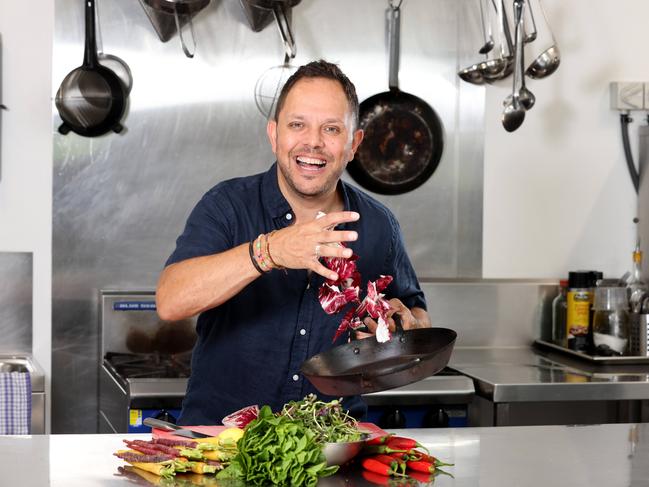
Renowned celebrity chef Alastair McLeod is one of the pioneers of modern dining in Brisbane, having been a driving force behind a number of the city’s most iconic restaurants over the past 30 years, including Baguette, Brett’s Wharf and Tank Restaurant.
Despite his role in Brisbane’s restaurant scene, Mr McLeod is willing to say that the chefs working in Brisbane today are better than they were when he was on his way up, paying special mention to industry icon Phillip Johnson, the powerhouse behind E’cco Bistro.
“The confidence of these young chefs is incredible, they are working on the shoulders of the likes of Philip Johnson, but they are building on that and making it better,” he said.
“In terms of where we’ve come from, and I am probably caricaturising this a bit but, when I came here 27 years ago, the top 10 restaurants all had tablecloths, they were calling you sir and madam, and that speaks of a lack of confidence.“
“We were not quite sure of who we were.“
Mr McLeod said one of the strengths of Brisbane’s dining scene today was a focus on provenance and using local and sustainably sourced produce wherever possible.
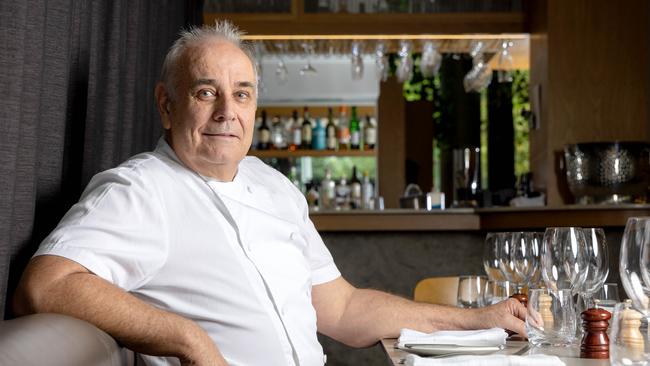
It’s a sentiment shared by veteran chef and restaurateur Tony Percuoco, who owns Tartufo in Fortitude Valley, who says much of the success in Brisbane’s dining industry is down to the work of suppliers and producers.
“We are now in this place where everybody has started using this beautiful, regional, seasonal produce,” Percuoco said.
“Beyond our chefs, waiters and sommelier’s, our suppliers are the ones doing the most … those suppliers are doing a lot of work to get the very best of the best.”
Brisbane’s Most Iconic Restaurants of this century
joy Restaurant
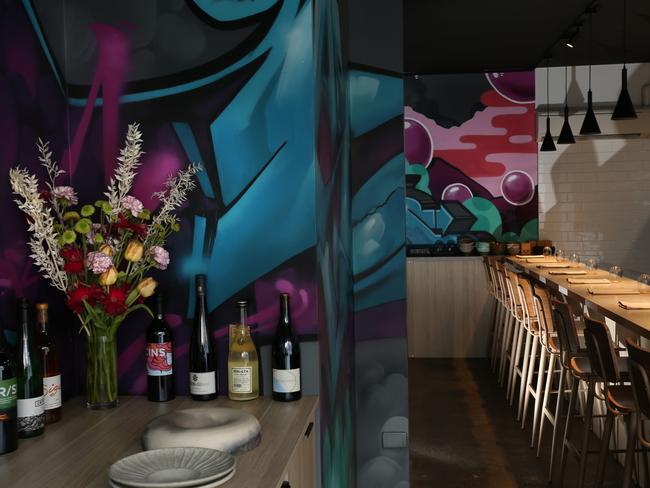
Helmed by Gourmet Traveller’s 2024 Restaurant Personality of the Year Sarah Baldwin, joy is the intimate 10-seater degustation restaurant that books out in mere seconds months in advance.
Nestled away in the gorgeous Winn Lane in Fortitude Valley, Joy is a labour of love for chef and owner Baldwin, who took over sole ownership after the separation from her then-husband and business partner in 2020.
The experience at Joy is truly remarkable, as guests sit at the kitchen with Baldwin and her team, as they prepare, cook and pour, all the while getting to know those 240 guests a month who battle to get a seat at the table.
The menu at Joy changes regularly, based on Baldwin’s creative expression and inspiration.
E’cco Bistro
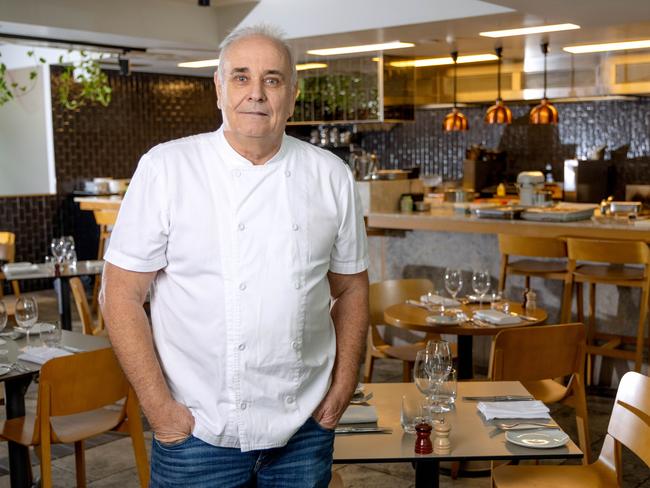
One of Brisbane’s most iconic modern day restaurants, E’cco Bistro has managed to withstand the test of time in an industry that can be brutal, as it celebrates its 30th year this year.
Owner and chef Philip Johnson was one of the first high-end restaurateurs in the city to take off the white gloves and tablecloths, offering a different experience compared to most other restaurants of the time.
This point of difference, combined with a strong focus on the highest quality produce is what led to the bistro becoming the first Queensland restaurant to take out the Gourmet Traveller Restaurant of the Year Award in 1997, an accolade that put E’cco on the map.
“Stephen Downes, a famous sort of Melbourne food critic, had once said you couldn’t eat north of Paddington, and he was talking Paddington in Sydney, meaning how bad Queensland was,” Johnson said.
“Then we were in this spot where we’re being told we’re the best in the country, whether we are or whether we’re not, Rick Stein was a judge and sometimes you’ve got to be in the right place at the right time.
“Other judges of that award are sort of fairly up-market people that we wouldn’t have stood a chance. We got the right judge, there’s no doubt about that.”
Montrachet
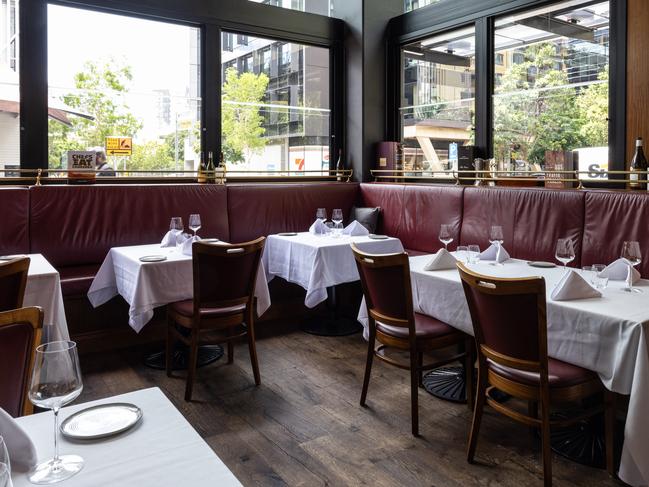
Montrachet has seen several changes of ownership in its two decades, each bringing something more to this fine French dining institution.
First opened by Thierry Galichet in 2004, in the Paddington space that would become Nota and now Attimi by Dario Manca, was sold to Shannon Kellam in 2015 and then relocated to King Street in Bowen Hills.
After a devastating few years for the hospitality industry, Shannon Kellam’s companies and the restaurant entered voluntary administration in 2024, but was swiftly rescued by Clement Chauvin, of Canberra’s critically acclaimed Les Bistronomes.
The menu has evolved and changed over the last two decades, as each chef bought their signature to the table, but both Kellam and Chauvin have retained many aspects of Galichet’s original iteration, both in the space and the menu offering.
Agnes, sAme sAme and Bianca
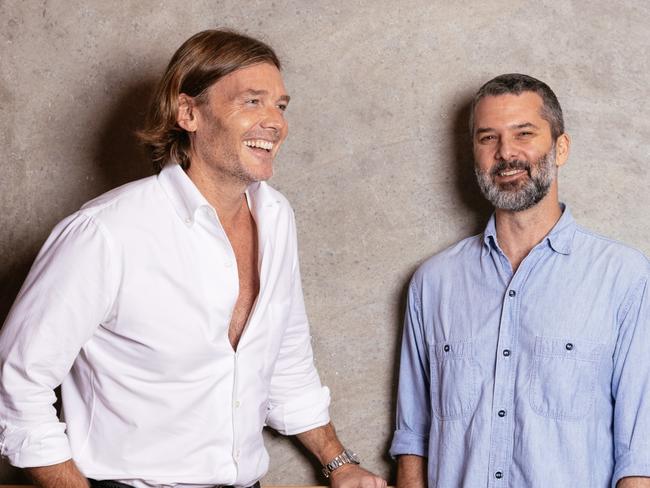
It seems like everything Anyday Group co-founders Tyron Simon, Ben Williamson, Bianca Marchi and Frank Li touch turns to gold, with six standout venues in Fortitude Valley and more rumoured to be coming to the CBD.
Multi-level, woodfire focused Agnes was the group’s first major success story, reaching a peak last year when it was crowned Restaurant of the Year, only the second Queensland venue to win, after E’cco Bistro in 1997.
Bianca, in Anyday’s signature style, has a strong focus on cooking over a wood-fire, this time in a nod to classic Italian dining, tempered to Australia’s climate and ‘dining sphere’.
Southeast Asian inspired sAme sAme is the evolved version of lONgTIME, formerly in Fortitude Valley, now sprawled across two levels of prime dining space in the Calile Hotel precinct’s Ada Lane.
Simon, a Brisbane boy born and bred, said he was beyond proud to be contributing to the city’s dining evolution, stressing that they truly believed in being ‘by Brisbane, for Brisbane’.
“We really are beneficiaries of the pioneers that came before us in the industry in Brisbane, those who were pushing boundaries at that time, and allowed us to dream of what we’ve built,” he said.
“When we opened our first Thai, and then being so successful allowed us to build more and allowed us to grow.”
“We are not interested in opening restaurants elsewhere and we are proud to say we are playing a very small role in shaping the cities dining scene, and grateful for the following we’ve grown, we don’t take the support lightly, its our honour to serve.”
Howard Smith Wharves
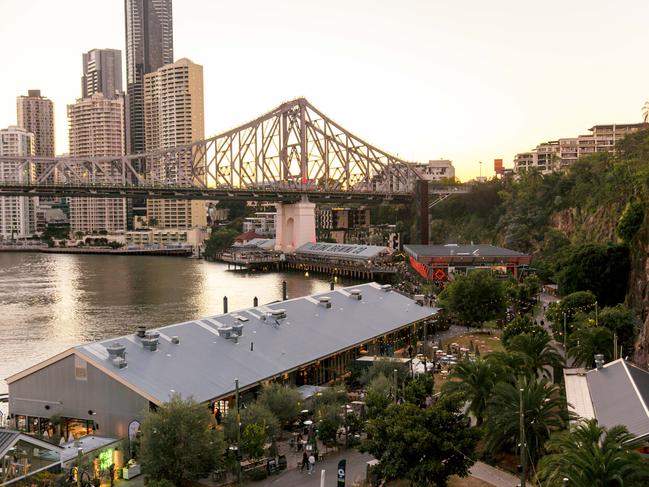
The Howard Smith Wharves (HSW) precinct might not be a restaurant in and of itself, but it has quickly become one of Brisbane’s premier foodie destinations, alongside James St and the Calile Hotel precinct.
HSW is home to some of the city’s most popular venues, including Mr Percival’s, Ciao Papi, Greca, Yoko and Stanley.
Connecting all of these venues along the wharf is one of South East Queensland’s most recognisable craft beer champions, Felon’s Brewing Co and the Felons Barrel Hall, which have become the pinnacle of a relaxed Saturday evening on the riverside.
Happy Boy Fortitude Valley
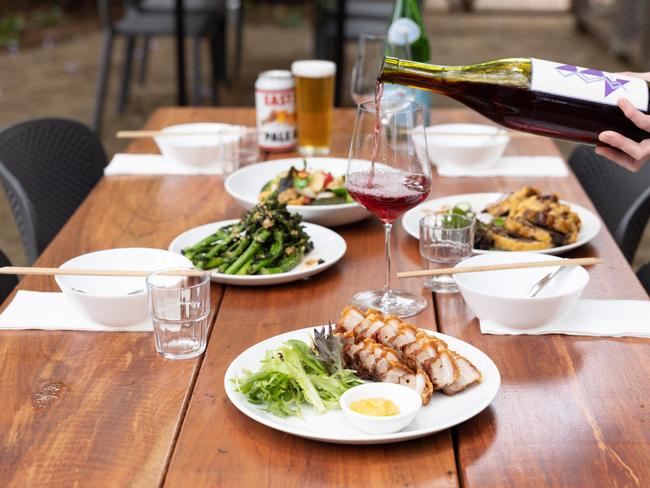
This unpretentious banquet-hall style Chinese eatery, under fairy-lit trees in Fortitude Valley’s East Street, arguably introduced Brisbane citysiders to authentic, regional, Chinese cuisine, rather than the highly-Australianised versions with which most are familiar.
Happy Boy opened in Spring Hill in 2014 and amassed a cult following, before relocating to its current locale, boasting a much larger space, both in the front and back of house.
Accompanying the incredible eats on this menu is a vast wine list, unsurprising from a venue created by two former co-owners of a wine bar and online wine business (both now closed).
Bar Alto
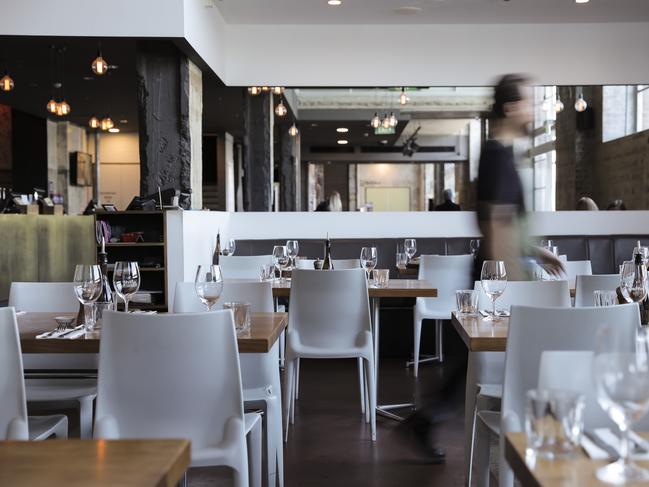
Nestled in the ‘lovably grungy’ Brisbane Powerhouse arts and entertainment precinct, Bar Alto offers theatregoers and riverside revellers alike the opportunity to take in quality Italian fare.
Opened in 2010 by one of the early 2000s most iconic restaurateurs, Simon Hill, Bar Alto has continued to thrive, along with his newest venture Bosco, despite the closures of Hill’s previous venues, ISIS and Ortiga.
E’cco Bistro owner Phillip Johnson described Bar Alto as one of his go-to restaurants, saying “I’m never disappointed. That’s a hallmark for an iconic restaurant.”
Gerard’s Bistro

Stepping into Gerard’s Bistro off James Street in Fortitude Valley is like stepping into a film set, with its ‘other-worldly’ essence winning the venue the title of Australia’s Best Restaurant Design in the 2024 Eat Drink Design Awards.
When Johnny Moubarak opened Gerard’s in 2012, he handed the kitchen to Ben Williamson (now co-owner and executive chef at Anyday), then Adam Wolfers (now also at Anyday), and in its current phase to Jimmy Richardson.
Gerard’s closed in June of 2023 for renovations before unveiling its stunning new space in early November.
The venue’s new vibe is unsurprising, when you realise that owner Johnny Moubarak splits his life between filmmaking and his work as a restaurateur.
Essa
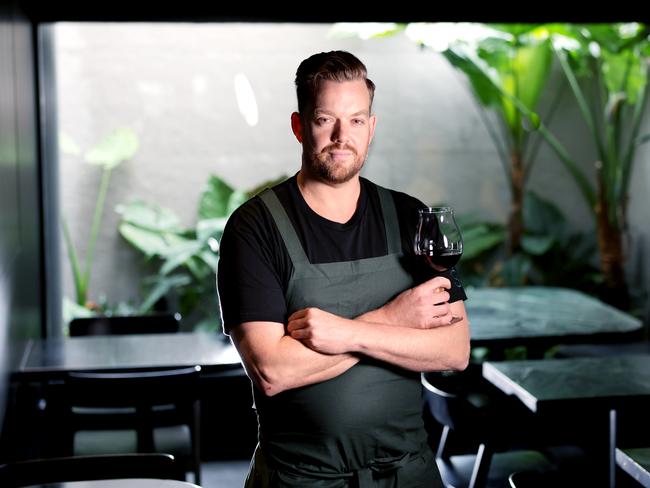
Essa is one of the newer kids on the block in the city’s dining scene, having opened in 2021, but has wasted no time in making its mark, becoming a favourite for those looking for a less “eternal summer” vibe than its nearby Calile neighbours.
Owner and chef Phil Marchant said that his team truly believed in the food they were presenting.
“I guess if I’m gonna be honest, I think we are delivering a product and an experience that people can appreciate,” Marchant said.
“So much goes into the food that no one even knows about, no one talks about, those seniors in our kitchen and myself we have come from that refined world and have been trained with those fine dining skills, so we use those skills without the fluff – no white gloves.”
Tartufo
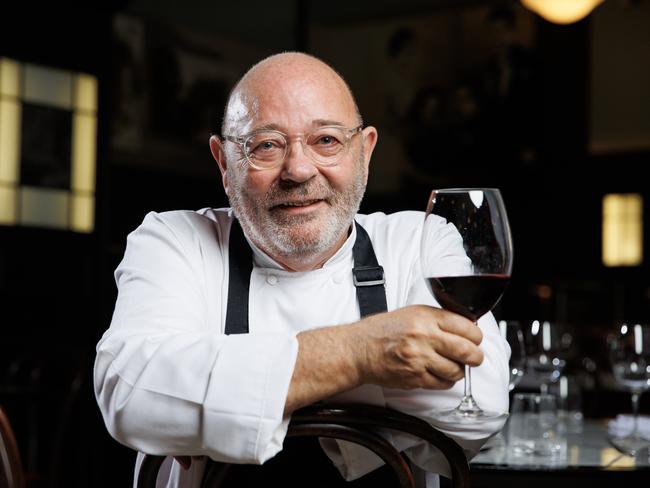
Any restaurant run by a man with 50 years of cheffing experience under their belt is bound to be iconic, but more than the fine, classic Italian fare, Tartufo makes its mark through its truly remarkable service.
The restaurant by renowned chef Tony Percuoco celebrated 14 years of service this year, and signed on to further 10-year lease.
Diners at Tartufo are often tended to by Percuoco himself, as he pops out from the kitchen to ensure his guests are treated like family, regardless of whether they are a celebrity or politician, young family or traveller.
When reflecting on the success of his business, Percuoco said he relied heavily on the hard work of local and Australian suppliers and producers.
“These suppliers … are doing the most wonderful things, and they are getting right behind it all and that is what is changing and shaping the world, the culinary world of Brisbane.”
Ortiga
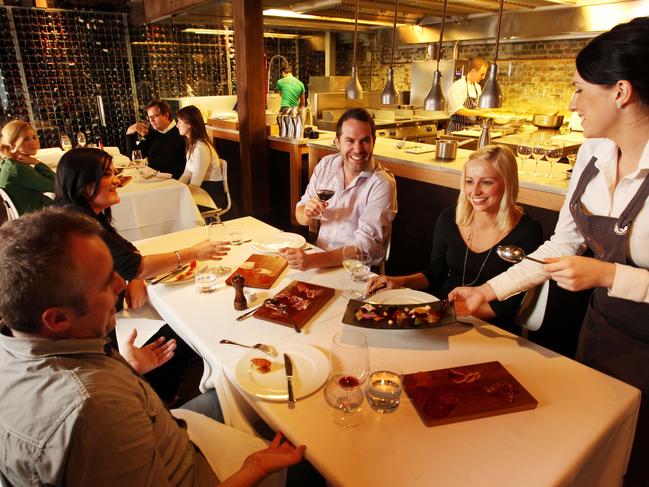
This Spanish favourite burst on to Brisbane’s dining scene in 2008 with all the excitement of the running of the bulls.
The work of restaurateur Simon Hill and chef Pablo Tordesilla, the Fortitude Valley venue captured the hearts of foodies and critics alike with its ambitious and boundary pushing fare that was entirely new for the city at the time.
In fact, many of the dishes on the menu weren’t even translated from their native Spanish to English, ensuring the highly knowledgeable, charming and proficient waitstaff were always kept on their toes.
While the food offered the opportunity for many diners to try something they’d never experienced (perhaps escabeche of rabbit or oysters with pig’s trotters, maybe even stinging nettle picada), Hill’s wine list was just as adventurous.
He described it as a labour of love, while critics declared it “breathtaking”, with the offering exploring all corners of Spain and beyond and bringing new drops into the country.
Ortiga was defined as the “whole package” by Australian food bible Gourmet Traveller, and won countless restaurant and wine awards, as well as being regularly featured on lists of the country’s top places to dine.
It sadly closed in 2013, with Hill choosing not to renew the lease amid rising rent and industrial relations costs.
Esquire
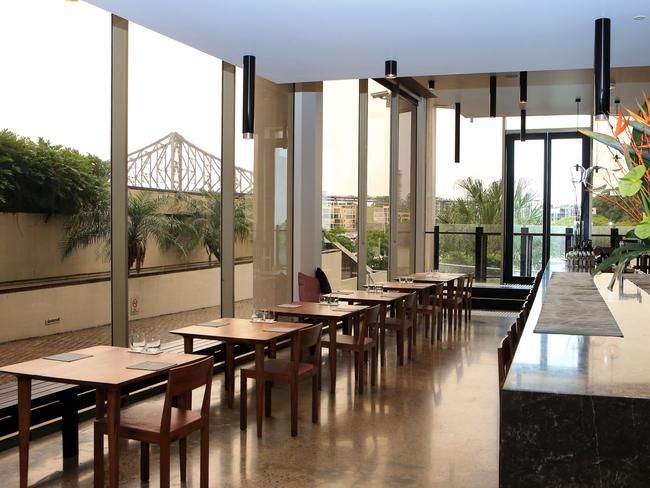
While it may have closed more than half a decade ago, this riverfront fine diner has left an indelible mark on Queensland’s culinary scene.
The work of talented chef Ryan Squires and business partner Cameron Murchison, the out-of-the-box restaurant opened in 2011 and was judged Queensland’s best restaurant for four years in a row.
In 2014, Squires and his then head chef Ben Devlin (Pipit), even scored the double act of Australian Chef of the Year and Young Chef of the Year.
Unafraid to challenge the status quo, Esquire’s degustations were a work of fantasy and mystery, with Squires’ wild imagination and carefully honed skill on show in every dish. While not every brave plate paid off, the attempt to do something different was largely applauded thanks to triumphs like a tongue, pickles and quark dish that had restaurant reviewers talking.
“When I first got here my friend worked at Urbane and Esquire, they were the two that stood out as trying to do something different,” Essa chef Phil Marchant recalls.
The restaurant and its accompanying bar closed in 2018, as the Brisbane dining scene moved away from extravagant multi-course dinners to more casual dining.
Urbane
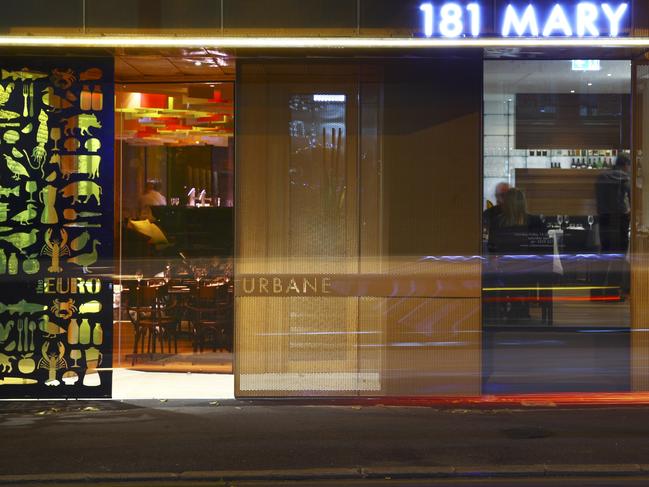
Launching in 2001 as the first major endeavour from then up-and-coming hospitality mates Andy Buchanan and brothers Drew and Christian Patten, Urbane went on to become one of Brisbane’s most prestigious and respected restaurants.
Situated in a stunning, multi-level, historic site on Mary St, the venue had a rotating door of some of the state’s best and brightest young chefs, including Benjamin Cross, Ryan Squires, Kym Machin and Alejandro Cancino.
All brought with them their own unique flair and style, from Machin’s bold fusion of Asian and European flavours harnessed with his years training under culinary giants like Adelaide’s Cheong Liew, Sydney’s Tetsuya Wakuda and Brisbane’s Lien Yeomans; to Cancino’s finesse with vegan fare, which saw the restaurant become a leader in plant-based cuisine.
What remained unchanged, however, was the restaurant’s broad and exotic wine list and Andy and Drew’s warm and genuine service, with the guys leading a well-versed and passionate front-of-house team.
The restaurant claimed numerous accolades, including Queensland’s best restaurant, and Excellence in Service, before Andy was forced to close its doors in 2019 as he battled MS.
Baguette
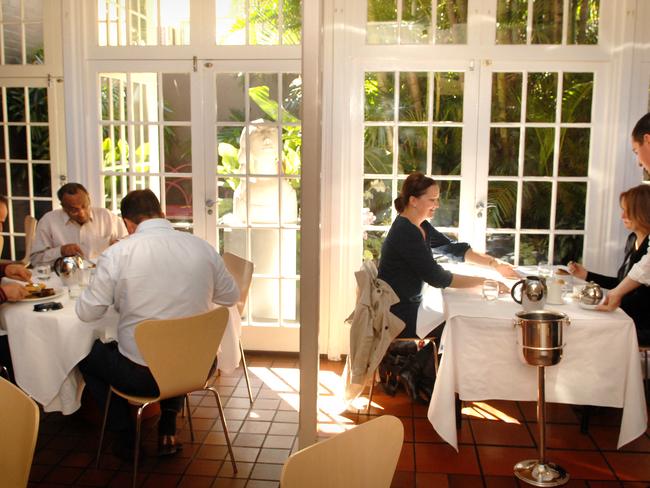
For close to four decades, Baguette was a Brisbane institution.
Sitting along the city’s once prestigious Racecourse Rd in Ascot, the French eatery, which opened in 1976, was the passion project of husband and wife Francis and Marilyn Domenech.
Behind its success was its charming, traditional hospitality, with the couple determined to offer an alternative to the “stuffy” formal dining options and takeaways prevalent in the ‘70s.
“I can remember at Baguette, Marilyn and Francis Domenech were restaurateurs first and business people second,” said celebrity chef Alastair McLeod, who was behind the pans at the couple’s other popular restaurant Brett’s Wharf, just down the road in Hamilton.
“Some might have been, ‘This is the bottom line, we need to achieve etc’, whereas they said, ‘Lets just give people the very best food we can’.
“They had the most sincere, honest, informal but informed service. There’s something very soulful and holistic cooking with a generosity, I liked that.”
Baguette left a legacy of quality and creativity in food, introducing Brisbane to top chefs such as David Pugh, Timmy Kemp and Bruno Loubet.
When Francis died in 2013, Marilyn sold the business to former staff member Emilian Jayakody, who had worked as waiter there in the ‘90s.
The restaurant closed just a few years later.
Hellenika and SK Steak and Oyster
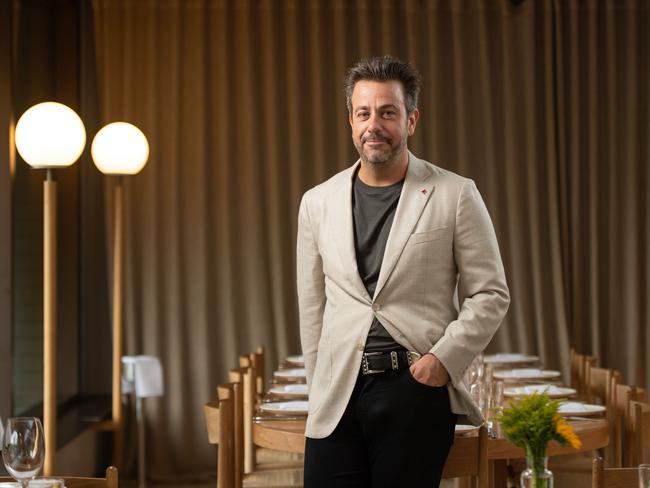
Arguably the development that launched Brisbane’s dining industry into the stratosphere and on to the minds and screens of foodies worldwide, The Calile Hotel made a perfect decision in handing over the reins of their poolside restaurant to Simon Gloftis.
Gloftis, known for his humble beginnings at a corn cob stall at the Rocklea Markets, spent 10 years opening venues in the Gold Coast, including the original Hellenika at Nobby Beach, before landing on The Calile as the location for his capital city iteration.
Hellenika and its sister venues within the James Street precinct: SK Steak and Oyster, Sushi Room and Sunshine, have become must-visit hotspots for celebrities, tourists and locals alike.
In an interview with The Courier-Mail earlier this year, Gloftis revealed the extent he goes to ensure his venues are only using the best quality produce.
“With my suppliers and things like that, I’m a pain in the arse because I buy the best only that’s available at any time and that’s it. There’s no exception to that and if it’s not good enough, I send it back,” he said.
Gambaro Seafood Restaurant
After seven decades, one million kilograms of cooked prawns and 800,000 dozen oysters, Brisbane dining institution Gambaro Seafood Restaurant in Petrie Terrace closed its doors this year.
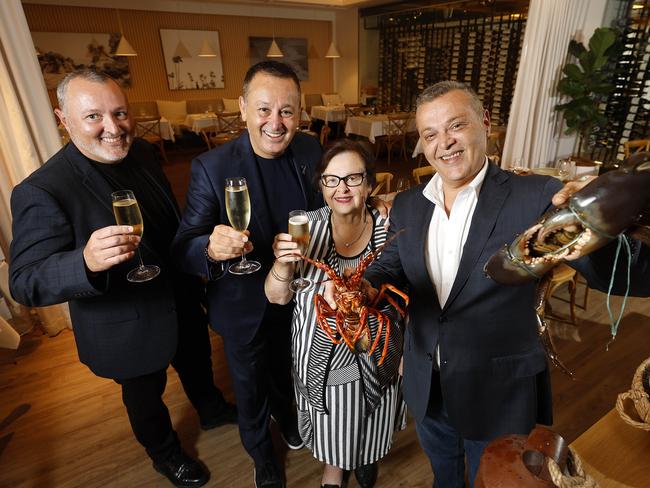
The Caxton St icon, which opened in 1953 before moving across the road to its current home 42 years ago, served its last lobster mornay on October 31 and will move to a new location.
It marked the end of an era for the Gambaro family, with three generations of the now-famous local hospitality clan behind the venue, including grandfather Giovanbaptista, sons Michael and Domenico, and grandsons John, Donny and Frank.


